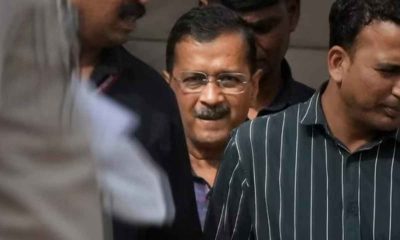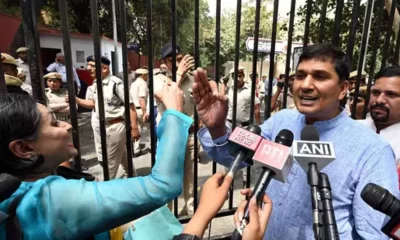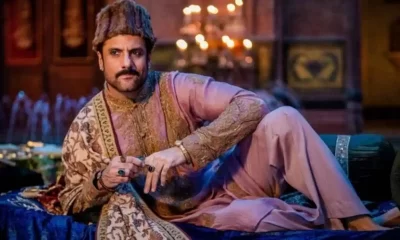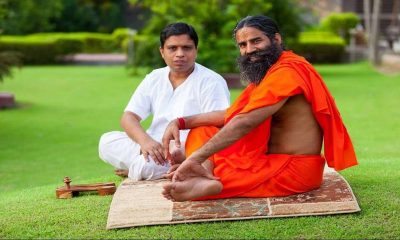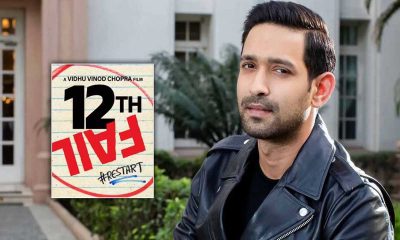India News
In new guidelines against mob violence, self-appointed guardian of law to compensate victim: SC
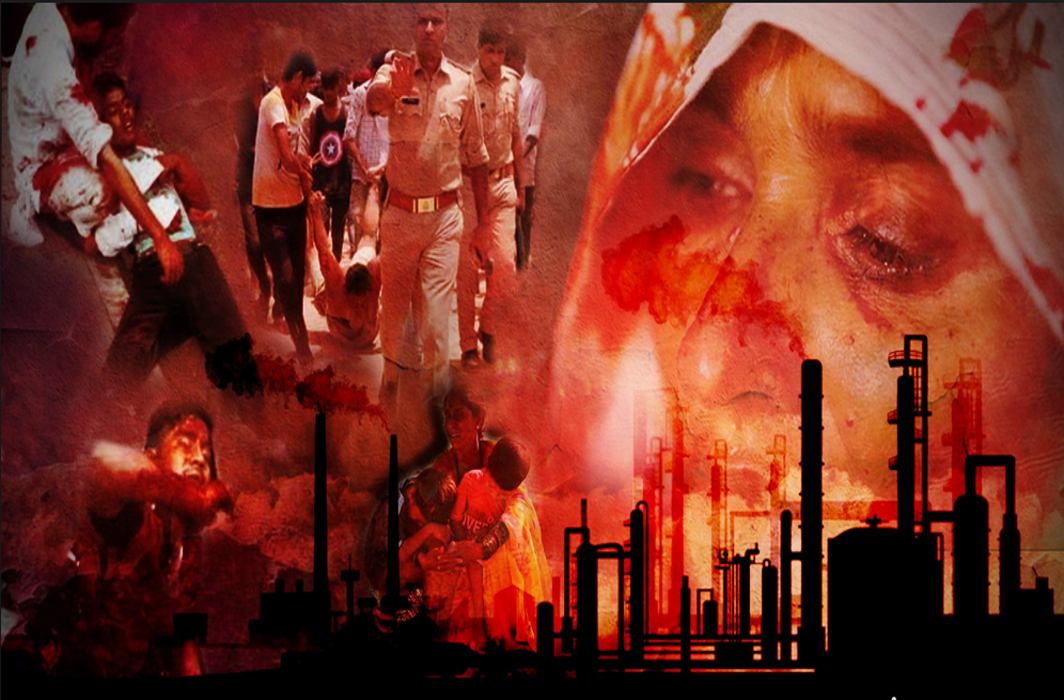
Coming down hard on mob violence, the Supreme Court on Monday, October 1, issued an extensive set of guidelines to check mob violence and prevent hooligans from indulging in vandalism.
In an order that hits at the misplaced pride and sense of impunity among perpetrators of mob violence, the top court said those who indulge in such acts resulting in loss of life or damage to public or private property either directly or indirectly, shall be made liable to compensate the victims of such violence.
The guidelines were part of the last order of Justice Dipak Misra hours before he demitted office as the 45th Chief Justice of India on Monday (October 1).

The new set of guidelines are in addition to the directions given by the bench of Chief Justice (now retired) Dipak Misra and Justices AM Khanwilkar and DY Chandrachud earlier this year in the Tehseen Poonawalla case. The Court had laid down strident instructions to rein in vigilante groups, particularly those who had been wreaking havoc across the country over the past four years in the name of protecting the cow.
“Nobody has the right to become a self-appointed guardian of the law and forcibly administer his or her own interpretation of the law on others, especially not with violent means,” the bench said.
The bench further said, “Mob violence runs against the very core of our established legal principles since it signals chaos and lawlessness and the State has a duty to protect its citizens against the illegal and reprehensible acts of such groups.”
It also noted the submissions of Attorney General K K Venugopal who had unequivocally said that violent protests leading to loss of life and damage to public and private properties were against the spirit of democracy and had told the court that an amendment in the law was in the offing to deal with such offences.
The Supreme Court made it clear that states have a duty to protect the citizens.
Deprecating the “disconcerting rise” in violent protests and demonstrations by private entities targeting exhibition of movies, social functions and sections of people on moral grounds, the court said that such acts highlighted deeper malaise of “intolerance” towards views of others and passed a slew of directions to curb such incidents.
“In addition to being patently illegal and unlawful, such acts of violence highlight a deeper malaise, one of intolerance towards others’ views which then results in attempts to suppress alternate view points, artistic integrity and the freedom of speech and expression guaranteed by the Constitution of India,” the bench said.
It added: “Indeed, the people who perpetrate such actions, especially against private parties, do so without fear of consequence and reprisal, probably believing that private parties do not have the wherewithal to hold them accountable for such actions.”
The bench referred to its directions passed in cases related to cow vigilantism, mob violence and instances of honour killings and said that all those measures have to be followed by the states to ensure that no such incidents take place.
“The person/persons who has/have initiated, promoted, instigated or any way caused to occur any act of violence against cultural programmes or which results in loss of life or damage to public or private property either directly or indirectly, shall be made liable to compensate the victims of such violence,” the bench said, adding that states would have to also set up helpline numbers in this regard.
The SC Bench said the court was conscious that crimes committed by groups of “self-appointed keepers of public morality” might be on account of different reasons, but the purpose was to exercise unlawful power of authority and create fear in the minds of public.
The verdict has come on a plea filed by Kodungallur Film Society which had highlighted the serious law and order problem that had arisen before the release of controversial movie ‘Padmaavat’.
The bench said that states must step in and perform their duty by taking measures to prevent such acts from occurring in the first place, and ensure that law-enforcement agencies exercise their power to bring the guilty to book and impose time-bound and adequate punishment for any lapses.
It said: “This court has time and time again underscored the supremacy of law and that one must not forget that administration of law can only be done by law-enforcing agencies recognised by law.
It said: “A comprehensive structure will have to be evolved in the respective states so that the issues of accountability and efficiency in curbing incidents of peaceful protests turning into mob violence, causing damage to property including investigation, remedial and punitive measures, are duly addressed”.
The verdict also took note of its 2009 judgement in which various directions were passed after taking cognisance of various incidents of large scale destruction of public and private properties in the name of “agitations, bandhs and hartals”.
It said that additional responsibilities would be fastened upon the nodal officers who have been appointed in pursuance of the earlier verdict in the mob violence case.
Now, these nodal officers would also be responsible for creating and maintaining a list of cultural establishments, including theatres, cinema halls, music venues, performance halls and centres and art galleries within the district, and pin point such vulnerable establishments which have been attacked/damaged by mob over the past five years.
It said that these measures have to implemented by the Centre and states governments expeditiously within a period of eight weeks.
The bench also said that when any act of violence results in damage to property, the concerned police officials should file FIRs and complete the investigation as far as possible within the statutory period and submit a report in that regard.
The new set of directives, the bench said, will have to be implemented by the Centre and the State Governments in addition to the guidelines laid out in the mob lynching (Tehseen Poonawalla) case and in Re: Destruction of Public and Private Properties v. Govt of AP (2009).
“The recommendations that we have made be implemented by the Central and State governments as expeditiously as possible, preferably within a period of 8 (eight) weeks from today,” Justice Khanwilkar said in the verdict.
The bench has issued five sets of directions, which are as follows:
A. Structural and preventive measures
a) In addition to the responsibilities ascribed to the Nodal Officer(s) as set out in Tehseen Poonawalla (supra), the said Nodal Officer(s) would also be responsible for creating and maintaining a list containing the various cultural establishments, including theatres, cinema halls, music venues, performance halls and centres and art galleries within the district, and pin point vulnerable cultural establishments and property which have been attacked/damaged by mob violence over the past 5 (five) years. This list would be updated on a regular basis to account for any new openings/closings of establishments.
b) In addition to the prohibition against weaponry laid down in paragraph 12 (II) of In Re: Destruction of Public and Private Properties (supra), any person found to be carrying prohibited weaponry, licensed or otherwise, during protests/demonstrations would prima facie be presumed to have an intention to commit violence and be proceeded in that regard as per law.
c) The State governments should set up Rapid Response Teams preferably district-wise which are specially trained to deal with and can be quickly mobilized to respond to acts of mob violence.
d) The State governments should set up special helplines to deal with instances of mob violence.
e) The State police shall create and maintain a cyber information portal on its website and on its internet-based application(s) for reporting instances of mob violence and destruction of public and private properties.
B. Remedies to minimize, if not extirpate, the impending mob violence
a) The Nodal Officer(s) will coordinate with local emergency services, including police stations, fire brigades, hospital and medical services and disaster management authorities during incidents of mob violence in order to have a comprehensive and consolidated response to the situation.
b) The authorities must consider the use of non-lethal crowd-control devices, like water cannons and tear gas, which cause minimum injury to people but at the same time, act as an effective deterrent against mob force.
c) The authorities must ensure that arrests of miscreants found on the spot are done in the right earnest.
d) The Nodal Officer(s), may consider taking appropriate steps as per law including to impose reasonable restrictions on the social media and internet-based communication services or mobile applications… if the situation so warrants.
e) The Nodal Officer(s) must take coordinated efforts and issue messages across various audio-visual mediums to restore peace and to stop/control rumours.
C. Liability of person causing violence
a) If a call to violence results in damage to property, either directly or indirectly, and has been made through a spokesperson or through social media accounts of any group/organization(s) or by any individual, appropriate action should be taken against such person(s) including under Sections 153A, 295A read with 298 and 425 of the Indian Penal Code, 1860.
b) In instances where a group/organisation has staged a protest or demonstration resulting in violence and damage to property, the leaders and office bearers of such group/organisation should physically present themselves for questioning, on their own, within 24 (twenty four) hours, in the police station within whose jurisdiction the violence and damage occurred. Any such person(s) failing to present himself/herself in such manner without any sufficient reason should be proceeded against as a suspect and legal process must be initiated forthwith against him/her including for being declared an absconder in accordance with law.
c) A person arrested for either committing or initiating, promoting, instigating or in any way causing to occur any act of violence which results in loss of life or damage to property may be granted conditional bail upon depositing the quantified loss caused due to such violence or furnishing security for such quantified loss… If the loss is yet to be quantified by the appropriate authority, the judge hearing the bail application may quantify the amount of tentative damages (which shall be subject to final determination thereof by the appropriate authority)…
D. Responsibility of police officials
a) When any act of violence results in damage to property, concerned police officials should file FIRs and complete investigation as far as possible within the statutory period and submit a report in that regard. Any failure to file FIRs and conduct investigations within the statutory period without sufficient cause should be considered as dereliction of duty on behalf of the concerned officer and can be proceeded against by way of departmental action in right earnest.
b) Since the Nodal Officer(s) holds the overall responsibility in each district to prevent mob violence against cultural establishments and against property, any unexplained and/or unsubstantiated delay in filing FIRs and/or conducting investigations in that regard should also be deemed to be inaction on the part of the said Nodal Officer(s).
c) Officer-in-charge should first call upon from the panel of local video operators maintained by the concerned police station to video-record the events. If the said video operators are unable to record the events for whatever reason or if the officer-in-charge is of the opinion that supplementary information is required, then he/she can also call upon private video operators to record the events and request the media for information on the incident in question, if need be.
d) Status reports of the investigation(s)/trial(s) concerning such offences as set out hereinabove, including the results of such trial(s), shall be uploaded on the official website of the concerned State police on a regular basis.
e) In the event of acquittal of any person(s) accused of committing such offences as set out hereinabove, the Nodal Officer(s) must coordinate with the Public Prosecutor for filing appeal against such acquittal, in the right earnest.
E. Compensation
a) The person/persons who has/have initiated, promoted, instigated or any way caused to occur any act of violence against cultural programmes or which results in loss of life or damage to public or private property either directly or indirectly, shall be made liable to compensate the victims of such violence.
b) Claims arising out of such acts of violence should be dealt with in the manner prescribed in paragraph 15 of In Re: Destruction of Public and Private Properties (supra).
c) This compensation should be with regard to the loss of life or damage done to any public or private properties, both movable and immovable.
India News
Gujarat Jain couple donate Rs 200 crore wealth, renounce world
The Bhandari couple was accompanied by 35 individuals in February and led a 4 km procession during which they donated all their belongings, from mobile phones to air conditioners.
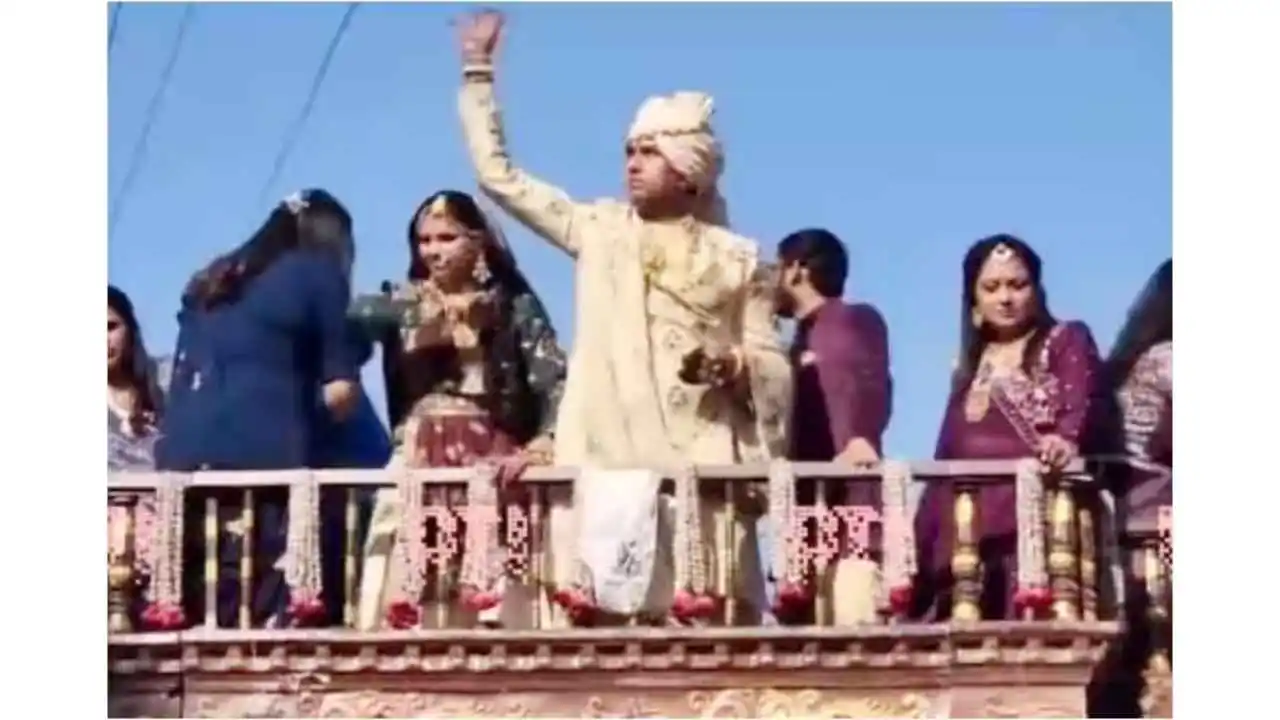
A Gujarat-based businessman and his wife have donated their lifetime earnings of Rs 200 crore and have taken the decision to renounce all materialistic desires to become Jain monks. In February this year, Bhavesh Bhandari and his wife donated all their wealth during a ceremony. The Bhandari family, which hails from Himmatnagar, has been in the construction business. The family decided to follow in the footsteps of their 16-year-old son and 19-year-old daughter, who adopted monkhood in 2022.
Bhavesh Bhandari, who belongs to a Jain family, had been a part of construction business in Ahmedabad and Sabarkantha and was accustomed to a life of luxury and prosperity from a young age. The Bhandari couple was accompanied by 35 individuals in February and led a 4 km procession during which they donated all their belongings, from mobile phones to air conditioners. A short video clip from the event shows the couple wearing regal attire on top of a chariot and making donations. Adorned in rich attire and jewellery, they stood atop a truck adorned to resemble a chariot, tossing garments and banknotes to the people standing below,
After the couple made their pledge on April 22 to adopt monkhood, the couple is going to break all familial relations and renounce any material possessions and desires. Afterwards, they will begin a barefoot journey across India and will sustain themselves solely on alms.
According to reports the couple will be allowed to own two white garments, an alms bowl, and a rajoharan, a white broom used by Jain monks to clear insects from an area before sitting — a symbol of the non-violent path which they follow. In a similar incident in January, the 8-year-old daughter of a Gujarati diamond merchant renounced material comforts and worldly desires to embrace monkhood. Devanshi Sanghv had participated in a grand procession with camels, elephants, horses and great fanfare before embracing a life of monkhood.
2024 Lok Sabha Elections
Lok Sabha elections 2024: BJP releases 12th list of candidates, Udayanraje Bhonsle to contest from Satara
The BJP on Tuesday released its 12th list of seven candidates for the upcoming Lok Sabha elections
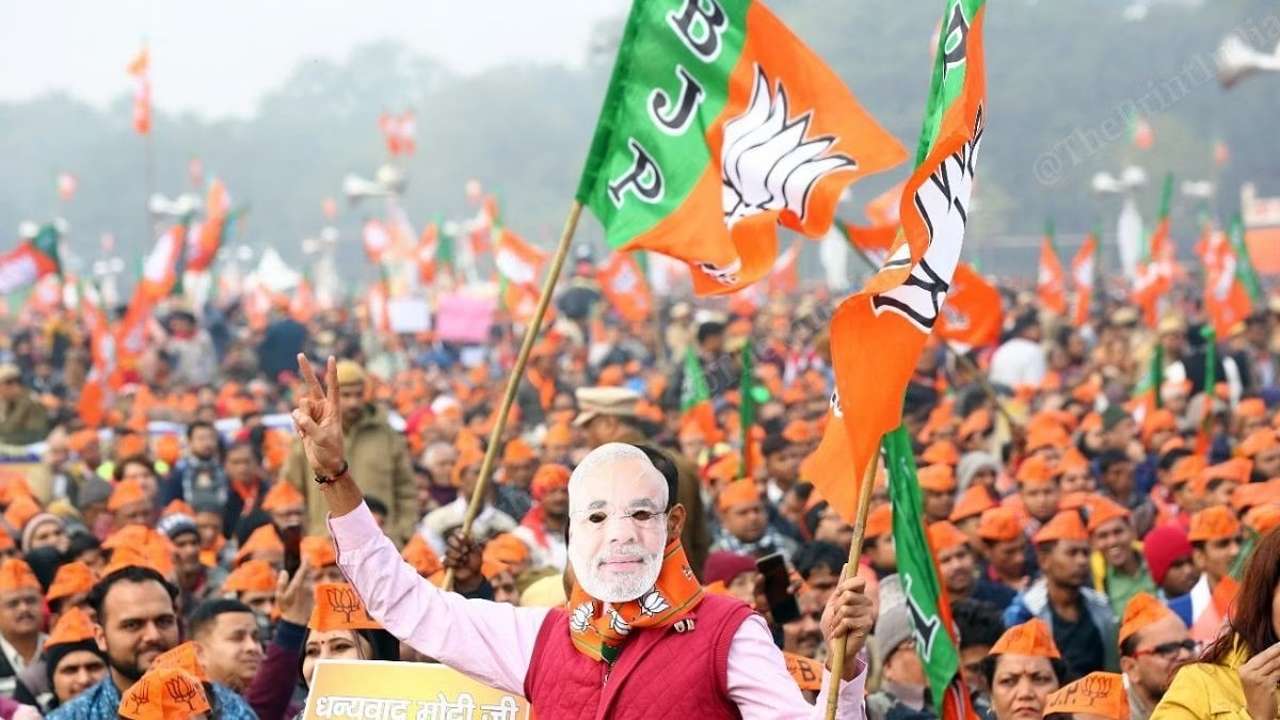
The 12th list of seven candidates for the Lok Sabha elections, which are scheduled to start on Friday, was announced by the BJP on Tuesday. Among the seven candidates is Chhatrapati Udayanraje Bhosale, the 13th descendant of Chhatrapati Shivaji Maharaj, who will contest from Satara, Maharashtra, and Abhijit Das Bobby, who represents Diamond Harbour in West Bengal.
The current MP for the Trinamool Congress, Abhishek Banerjee, has been paired against Abhijit Das Bobby, who contested unsuccessfully for the Diamond Harbour seat in the general elections of 2009 and 2014.
Abhishek Banerjee won in the 2014 Lok Sabha elections with 40.31 percent of the vote, while Abhijit Das secured 15.92 percent of the vote to finish third. Dr. Abul Hasnat of CPI(M), who received 34.66% of the vote, came in second.
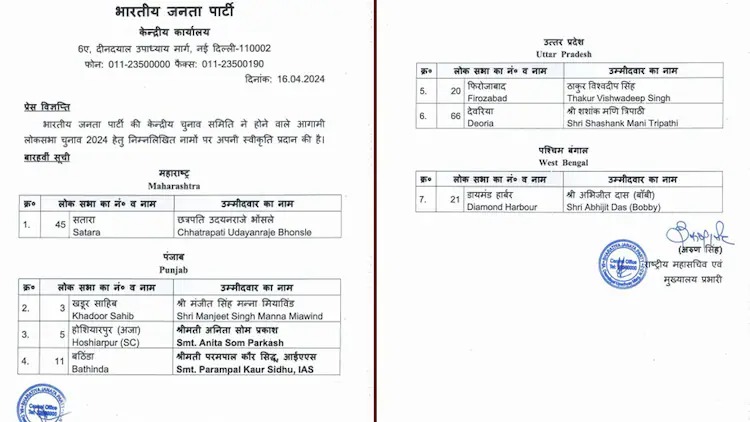
With 7,91,127 votes, the leader of the Trinamool Congress party was able to hold onto the seat in 2019. Nilanjan Roy of the BJP received 4,70,533 votes, while Fuad Halim of the CPI(M) secured third place with 93,941 votes.
The 13th descendant of Chhatrapati Shivaji Maharaj, Chhatrapati Udayanraje Bhosale, is another prominent figure on the list. He is contesting for the Satara Lok Sabha constituency in Maharashtra as a member of the BJP.
In the 2019 by-election, Bhosale—a former leader of the NCP who joined the BJP in 2022—lost the seat. There has been a back-and-forth in the seat on the Lok Sabha election candidate between the BJP and NCP.
Shashikant Shinde has received his ticket from the NCP (SP).
Shashank Mani Tripathi from Deoria and Thakur Vishwadeep Singh from Firozabad are the final candidates on the BJP’s 12th list.
In Uttar Pradesh, there are two seats.
Meanwhile, Union Minister Som Prakash’s wife Anita Som Prakash, who is a resident of Punjab, will contest for the Hoshiarpur seat in lieu of her husband.
Manjeet Singh Manna Miawind from Khadoor Sahib and Parampal Kaur Sidhu from Bathinda are the other two candidates, both of whom are from Punjab.
2024 Lok Sabha Elections
Prime Minister Narendra Modi says RJD is responsible for destroying Bihar, slams Lalu’s party over various corruption cases
The prime minister made a scathing attack at the opposition and said Ghamandia Gathbandhan has no vision or trust. He said when INDIA bloc alliance goes out asking for votes, then they do so on the basis of the work done by Bihar Chief Minister Nitish Kumar.
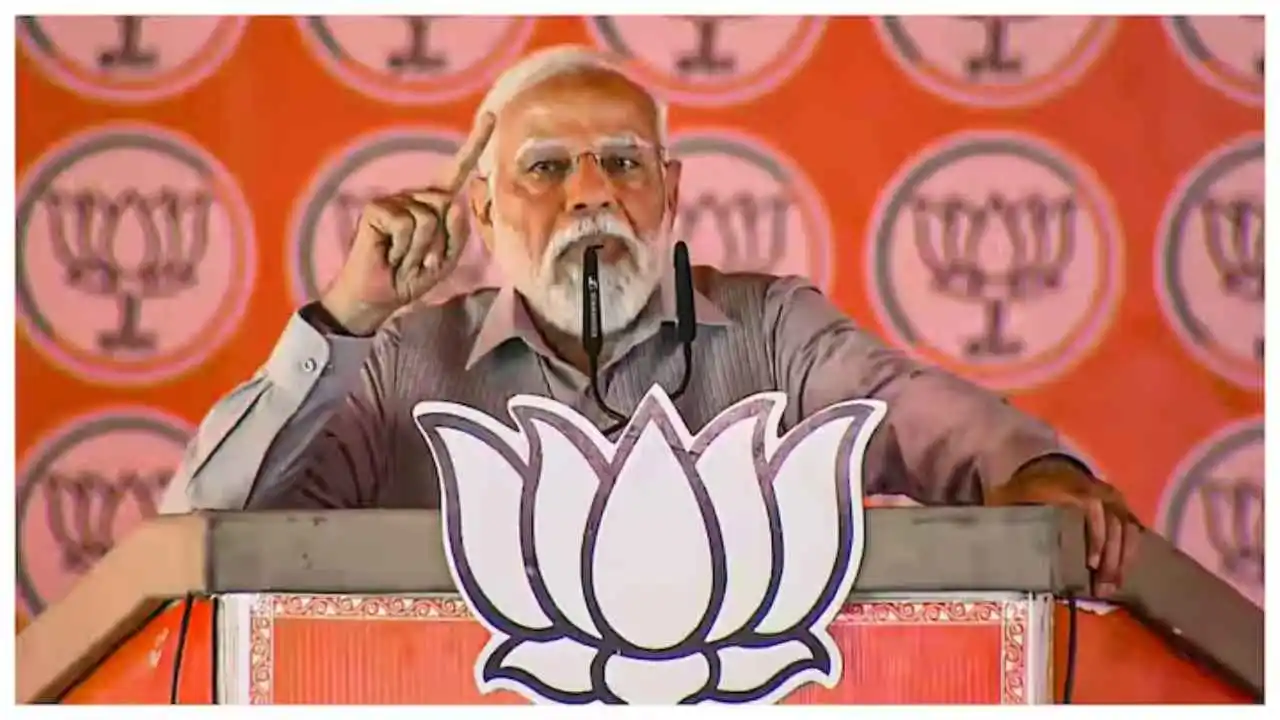
Prime Minister Narendra Modi on Tuesday said that India and Bihar are moving forward to return to their ancient glory and added the upcoming Lok Sabha elections is an election to take a resolve for developed India and developed Bihar. PM Modi was addressing an election rally in Bihar’s Gaya, where he said that the public support that has gathered on the land of Gaya clearly shows enthusiasm of the people once again for the Modi government.
The prime minister spoke on BJP’s manifesto for the upcoming Lok Sabha elections and said that it is for the first time that a Sankalp Patra of any party is being called a guarantee card as in the last 10 years, people have seen Modi’s guarantee for fulfillment of a guarantee.
PM Modi said for the next five years, Modi’s guarantee card has been updated. He promised 3 crore houses will be made for the poor, the poor will get free ration for the next 5 years and those above 70 years of age will receive free treatment upto Rs 5 lakhs He said the PM-Kisan Samman Nidhi yojana will be continued and all of these are Modi’s guarantees.
The prime minister made a scathing attack at the opposition and said Ghamandia Gathbandhan has no vision or trust. He said when INDIA bloc alliance goes out asking for votes, then they do so on the basis of the work done by Bihar Chief Minister Nitish Kumar. PM Modi said the people of Bihar know why they try and take credit for the work done by Nitish and the central government.
The prime minister said RJD is responsible for destroying Bihar and slammed Lalu’s party over various corruption cases including land for jobs scam, fodder scam. Speaking about BJP’s manifesto PM Modi said, there is a roadmap for every section and sector of the society.
-
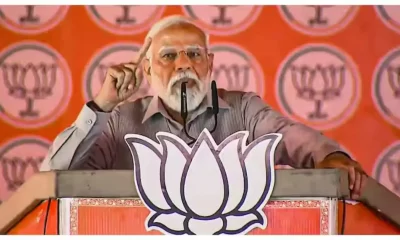
 2024 Lok Sabha Elections9 hours ago
2024 Lok Sabha Elections9 hours agoPrime Minister Narendra Modi says RJD is responsible for destroying Bihar, slams Lalu’s party over various corruption cases
-

 Cricket news10 hours ago
Cricket news10 hours agoIPL 2024: Travis Head smashes brilliant century, Pat Cummins takes 3 wickets as Sunrisers Hyderabad defeat Royal Challengers Bengaluru by 25 runs
-

 India News11 hours ago
India News11 hours ago2 shooters arrested from Gujarat for firing outside Salman Khan’s house
-

 India News9 hours ago
India News9 hours agoMy name is Arvind Kejriwal and I am not terrorist: Sanjay Singh reads Delhi CM’s message from Tihar Jail
-
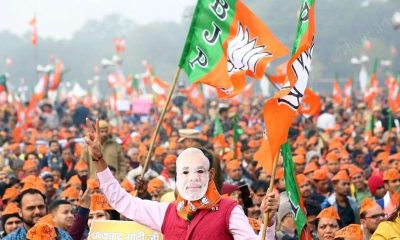
 2024 Lok Sabha Elections8 hours ago
2024 Lok Sabha Elections8 hours agoLok Sabha elections 2024: BJP releases 12th list of candidates, Udayanraje Bhonsle to contest from Satara
-
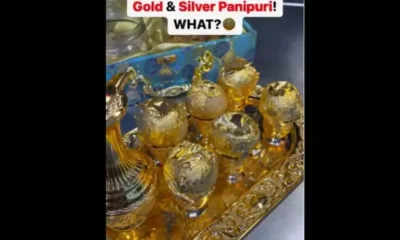
 Food6 hours ago
Food6 hours agoBengaluru outlet selling gold and silver panipuri goes viral
-

 Entertainment7 hours ago
Entertainment7 hours agoAmul pays tribute to Diljit Dosanjh, Parineeti Chopra starrer Amar Singh Chamkila
-

 India News8 hours ago
India News8 hours agoGujarat Jain couple donate Rs 200 crore wealth, renounce world

